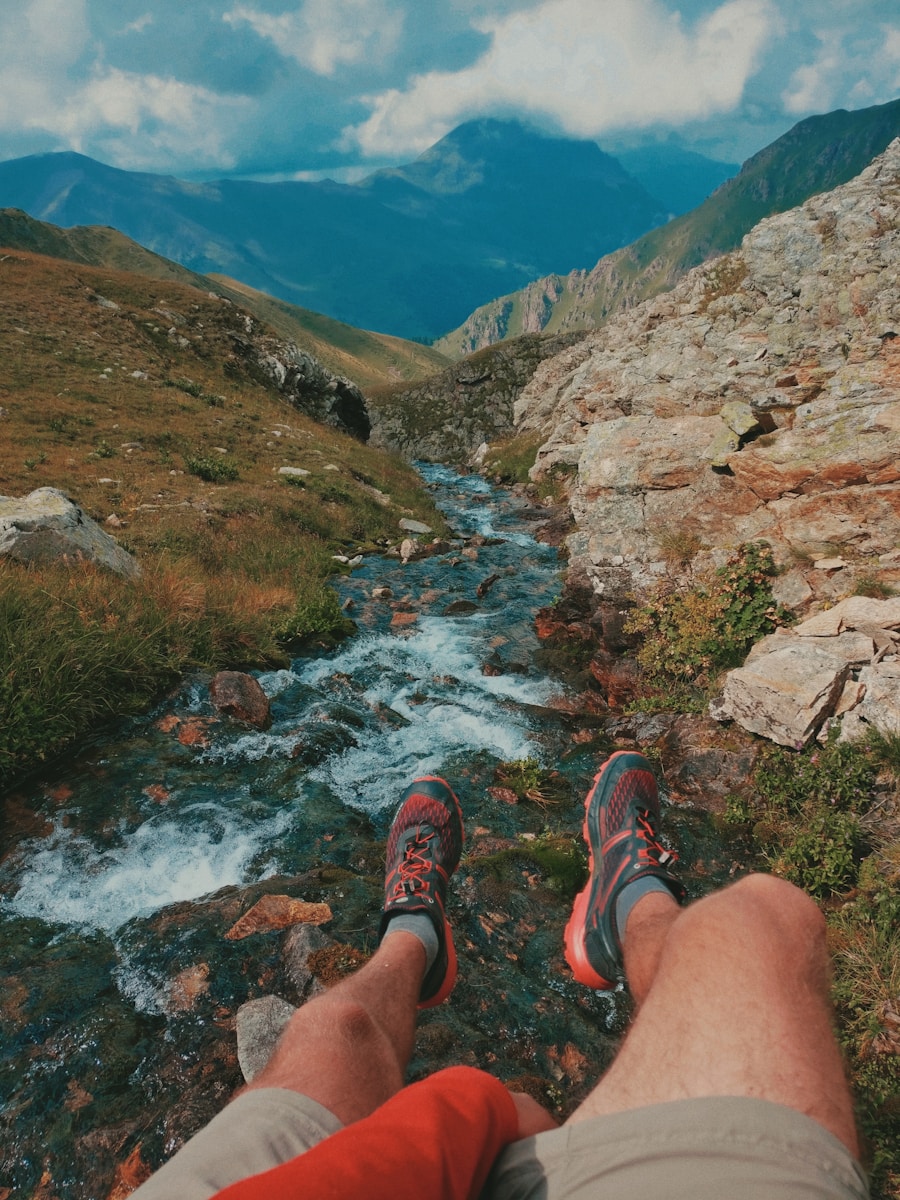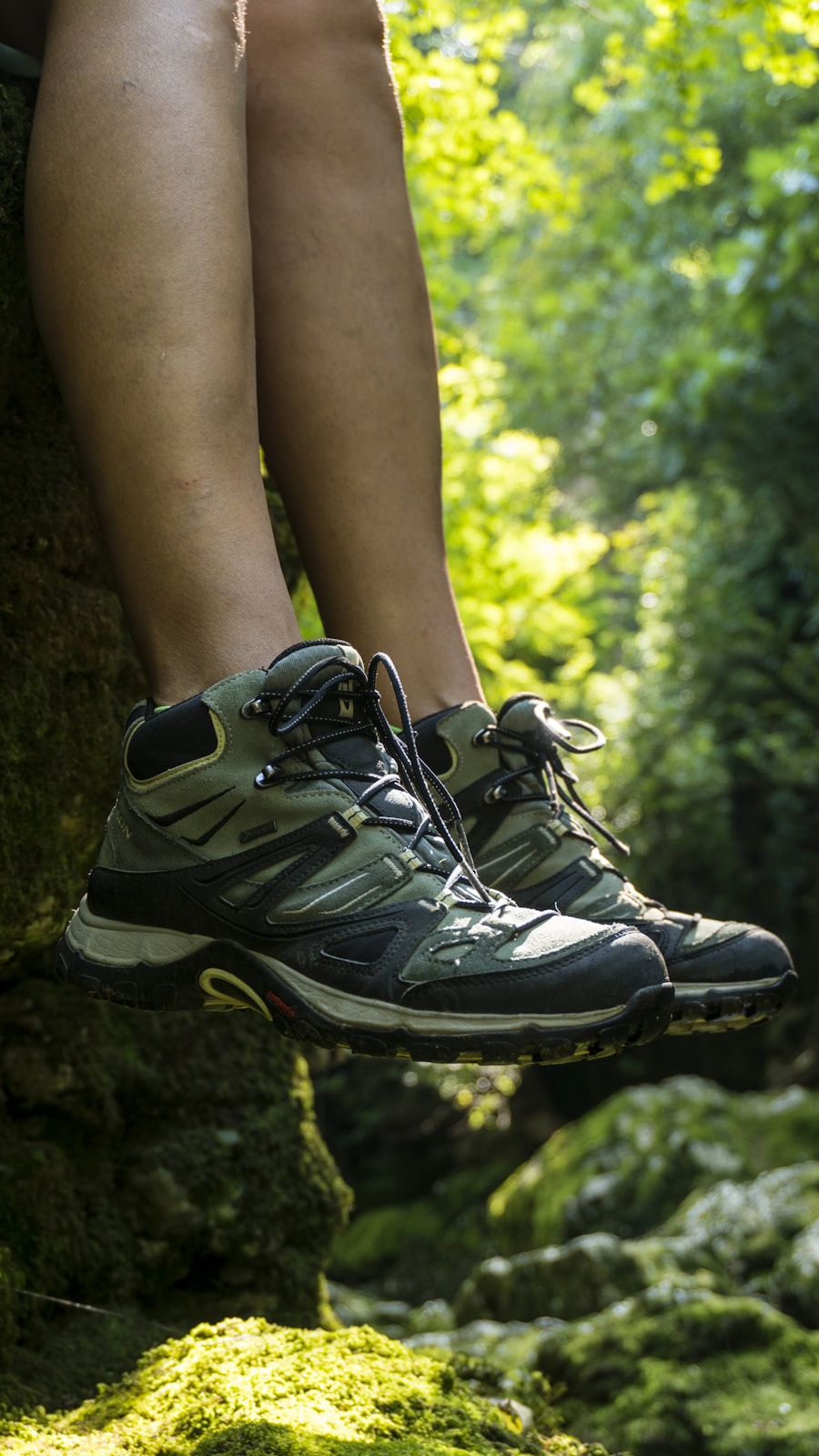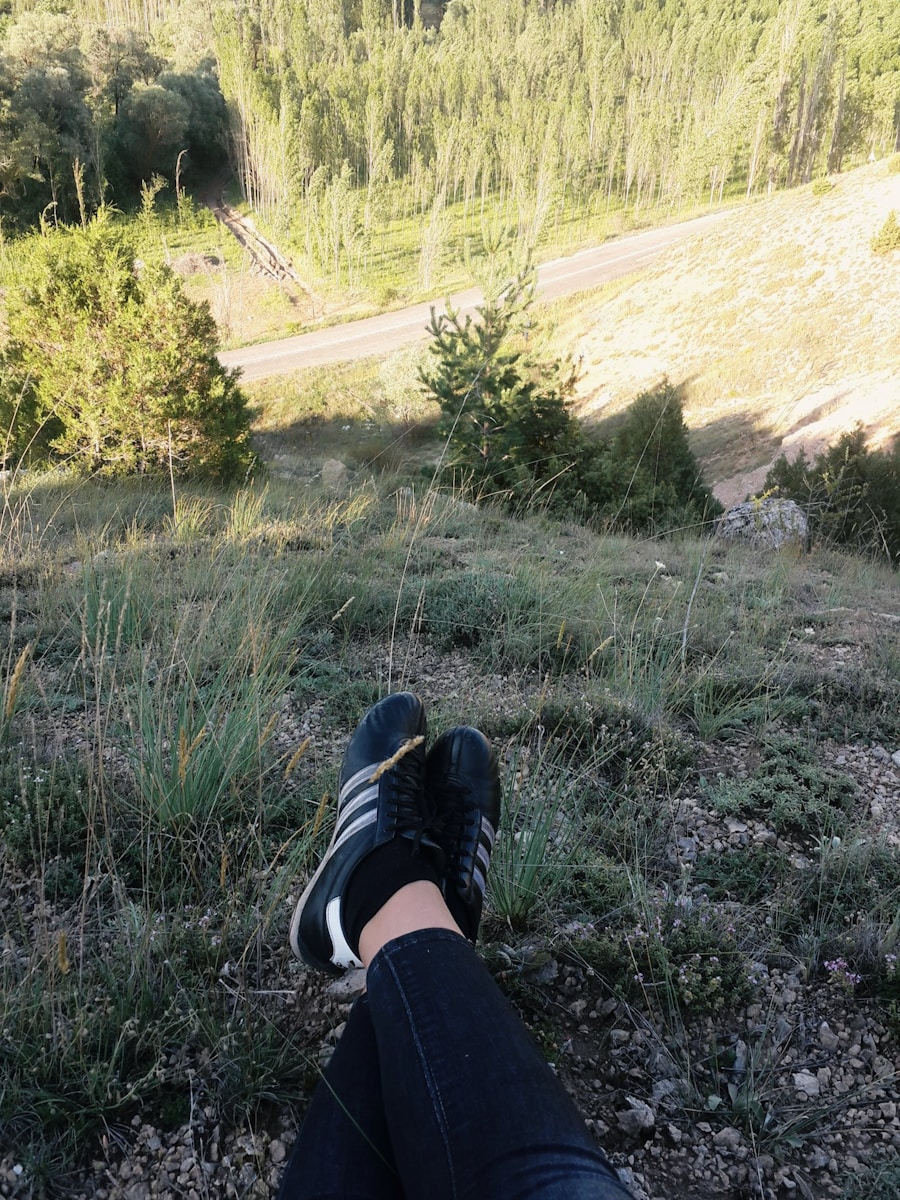Trail running shoes have gained significant popularity among outdoor enthusiasts, particularly those who enjoy hiking. Traditionally, hikers have relied on sturdy hiking boots designed for rugged terrain and heavy loads. However, the rise of trail running shoes has introduced a new paradigm in outdoor footwear, offering a blend of comfort, agility, and performance that appeals to both runners and hikers alike.
These shoes are engineered to provide traction, support, and flexibility, making them an attractive option for those who traverse uneven trails and varying landscapes. The evolution of trail running shoes has been driven by advancements in technology and materials, resulting in footwear that is lighter and more responsive than traditional hiking boots. With features such as breathable mesh uppers, cushioned midsoles, and aggressive outsoles, trail running shoes cater to the dynamic movements required in both running and hiking.
As more hikers seek to enhance their experience on the trails, understanding the unique advantages of trail running shoes becomes essential for making informed choices about outdoor gear.
Key Takeaways
- Trail running shoes are a lightweight and versatile option for hiking, offering a surprising alternative to traditional hiking boots.
- Using trail running shoes for hiking can provide benefits such as increased agility, better traction, and improved breathability.
- When looking for trail running shoes for hiking, it’s important to consider features such as durable outsoles, protective toe caps, and cushioned midsoles.
- Tips for choosing the right trail running shoes for hiking include considering the terrain, fit, and waterproofing capabilities.
- Comparing trail running shoes and traditional hiking boots reveals differences in weight, flexibility, and support, with trail running shoes offering a more agile and breathable option.
Benefits of Using Trail Running Shoes for Hiking
One of the primary benefits of using trail running shoes for hiking is their lightweight design. Unlike traditional hiking boots, which can weigh several pounds, trail running shoes typically weigh significantly less, allowing for greater agility and speed on the trails. This lightweight nature reduces fatigue during long hikes, enabling hikers to cover more ground without feeling weighed down.
The reduced weight also contributes to a more natural foot movement, which can enhance overall comfort during extended periods of activity. Another advantage is the superior traction provided by trail running shoes. The outsoles of these shoes are often designed with aggressive lugs that grip various surfaces effectively, from muddy paths to rocky inclines.
This enhanced grip not only improves stability but also instills confidence in hikers navigating challenging terrains.
Additionally, many trail running shoes feature a flexible construction that allows for a more natural foot motion, promoting better balance and responsiveness on uneven ground. This flexibility can be particularly beneficial when traversing steep inclines or descending rocky slopes.Features to Look for in Trail Running Shoes for Hiking

When selecting trail running shoes for hiking, several key features should be considered to ensure optimal performance and comfort. First and foremost is the fit; a well-fitting shoe is crucial for preventing blisters and discomfort during long hikes. Look for shoes that offer a snug fit around the heel and midfoot while allowing enough room in the toe box for natural movement.
Many brands provide options with varying widths to accommodate different foot shapes. Cushioning is another important feature to evaluate. Trail running shoes often come with varying levels of cushioning, which can affect comfort and shock absorption on rugged terrain.
A shoe with adequate cushioning can help reduce impact on joints during descents and provide comfort during long hikes. Additionally, consider the breathability of the shoe; materials such as mesh uppers allow for airflow, keeping feet cooler and drier during warm weather hikes. Waterproof options are also available for those who frequently hike in wet conditions, providing protection against moisture while maintaining breathability.
Source: REI – Trail Running Shoes
Tips for Choosing the Right Trail Running Shoes for Hiking
| Brand | Weight (per pair) | Waterproof | Traction |
|---|---|---|---|
| Salomon | 600g | Yes | High |
| Merrell | 650g | Yes | Medium |
| La Sportiva | 580g | No | High |
| Adidas | 620g | Yes | High |
Choosing the right trail running shoes for hiking involves more than just selecting a popular brand or model; it requires careful consideration of individual needs and preferences. One effective approach is to try on multiple pairs in-store or order several options online to test at home. Pay attention to how each shoe feels during movement; walk or jog around to assess comfort levels and ensure there are no pressure points or areas of discomfort.
Another critical factor is the type of terrain you plan to hike on. If your hikes primarily involve rocky trails or steep inclines, look for shoes with a more aggressive outsole designed for enhanced grip and stability. Conversely, if you often hike on smoother paths or well-maintained trails, a shoe with a less aggressive tread may suffice.
Additionally, consider the weather conditions you typically encounter; if you frequently hike in wet or muddy environments, prioritize waterproof options or those with excellent drainage capabilities.
Comparison of Trail Running Shoes and Traditional Hiking Boots
The debate between trail running shoes and traditional hiking boots often centers around weight, support, and versatility. Trail running shoes are generally lighter than hiking boots, which can significantly impact endurance during long hikes. This weight difference allows hikers to move more freely and quickly over varied terrain.
However, traditional hiking boots typically offer more ankle support due to their higher cut design, which can be beneficial for those carrying heavy packs or navigating particularly rugged trails. In terms of versatility, trail running shoes excel in environments where speed and agility are paramount. They are designed for dynamic movements, making them suitable not only for hiking but also for running and other outdoor activities.
Traditional hiking boots, while excellent for stability and support on challenging trails, may not provide the same level of comfort or performance when transitioning between activities. Ultimately, the choice between these two types of footwear depends on personal preferences and specific hiking conditions.
Best Trail Running Shoes for Hiking on the Market

Aggressive Traction and Responsive Cushioning
The Salomon Speedcross 5 is renowned for its aggressive traction and responsive cushioning, making it ideal for muddy and technical terrains. Its Contagrip outsole provides exceptional grip while the Quicklace system allows for easy adjustments on the go.
Plush Cushioning and Wide Toe Box
Another popular option is the Hoka One One Speedgoat 4, which offers plush cushioning and a wide toe box for added comfort during long hikes. Its Vibram outsole ensures excellent traction on various surfaces, while its lightweight design promotes agility without sacrificing support.
Natural Foot Strike and Ample Cushioning
The Altra Lone Peak 5 is also worth mentioning; it features a zero-drop platform that encourages a natural foot strike and ample cushioning for comfort over long distances.
How to Properly Break In Trail Running Shoes for Hiking
Breaking in trail running shoes is an essential step to ensure comfort and prevent injuries during hikes. Unlike traditional hiking boots that may require extensive break-in periods due to their stiffer construction, trail running shoes often have a more forgiving fit but still benefit from gradual acclimatization. Start by wearing your new shoes around the house or during short walks to allow your feet to adjust to the new footwear.
Once you feel comfortable with short wear sessions, gradually increase the duration and intensity of your activities while wearing the shoes. Consider taking them on shorter hikes or runs before embarking on longer adventures. This incremental approach helps identify any potential pressure points or discomfort early on, allowing you to make adjustments or choose different socks if necessary.
Additionally, be mindful of any changes in terrain; wearing your new shoes on varied surfaces can help them adapt to the specific demands of your hiking environment.
Embracing the Surprising Alternative of Trail Running Shoes for Hiking
The growing trend of using trail running shoes for hiking reflects a shift in how outdoor enthusiasts approach their footwear choices. With their lightweight design, superior traction, and versatile performance capabilities, these shoes offer an appealing alternative to traditional hiking boots. As more hikers discover the benefits of trail running shoes—such as increased agility and comfort—it’s clear that this footwear category has carved out a significant niche in the outdoor gear market.
By understanding the unique features that make trail running shoes suitable for hiking and considering individual needs when selecting footwear, hikers can enhance their outdoor experiences significantly. Whether navigating rocky paths or enjoying leisurely strolls through scenic landscapes, embracing trail running shoes opens up new possibilities for adventure while ensuring comfort and performance on every journey into nature.
If you are considering using trail running shoes for hiking, you may want to check out this article on the best double travel strollers for spring adventures in 2025. It discusses the importance of having the right gear for outdoor activities and how it can enhance your overall experience. You can read more about it here.
FAQs
What are trail running shoes?
Trail running shoes are a type of footwear designed specifically for running on off-road trails. They are typically lightweight, have a more aggressive tread pattern, and provide stability and protection for the feet on uneven terrain.
Can trail running shoes be used for hiking?
Yes, trail running shoes can be used for hiking. They offer many of the same features that are beneficial for hiking, such as traction, stability, and protection. However, they may not provide as much ankle support or durability as traditional hiking boots.
What are the advantages of using trail running shoes for hiking?
Some advantages of using trail running shoes for hiking include their lightweight design, breathability, and flexibility. They also offer good traction and stability on uneven terrain, making them suitable for various hiking conditions.
What are the disadvantages of using trail running shoes for hiking?
The main disadvantages of using trail running shoes for hiking are the potential lack of ankle support and durability compared to traditional hiking boots. Trail running shoes may also not provide as much protection from sharp rocks or debris on the trail.
What should I consider when using trail running shoes for hiking?
When using trail running shoes for hiking, it’s important to consider the terrain and length of the hike. For longer or more challenging hikes, traditional hiking boots may be more suitable. It’s also important to ensure that the trail running shoes provide enough support and protection for the specific hiking conditions.
